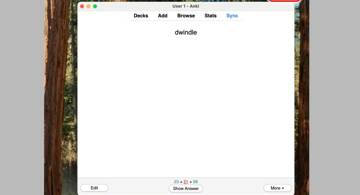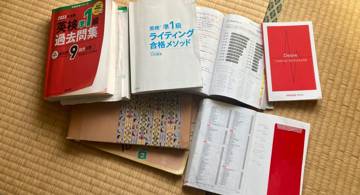Summary

From Monday, April 7 to Wednesday, April 9, 2025, the 10-year U.S. Treasury yield spiked. That means Treasury bond prices took a dive. Apparently, that’s what led Trump to say, “Let’s hold off on tariffs for 90 days.”
Since April 7, something strange has been happening. Even during a sharp stock market drop, Treasuries were being sold off, pushing yields higher. This yield spike accelerated just before the mutual tariff implementation on April 9, with the 10-year Treasury yield briefly exceeding 4.5%.
That led to the question among my friends: “Who’s been offloading Treasuries like crazy?” So I decided to investigate on my own.
Did Bond Prices Really Drop?
Yep, it’s for real.
Yields on the 10-Year Treasury rose on Wednesday to 4.46%, from 4.29% a day earlier.
Trading at 4.27% on Thursday, those yields are comfortably below Wednesday's peak of 4.51%.
Could It Be Norinchukin Bank?
Norinchukin Bank plans to sell about 10 trillion yen worth of U.S. and European bonds by the end of fiscal year 2025 due to unexpectedly large unrealized losses caused by sustained high interest rates.
As part of efforts to improve future earnings, the bank has been steadily selling low-yield assets, mainly U.S. and European bonds (approx. ¥7.5 trillion sold in the first half of FY2024).
Around noon on April 9 during Tokyo hours, some speculation emerged that a Japanese bank had sold off U.S. Treasuries.
That said, we only have info about their “plan to sell,” not actual confirmation that they “did sell.” All sources are from Japan.
Could It Be China?
On Wall Street, there were rumors that Chinese entities may have sold U.S. Treasuries.
"Markets are now concerned that China and other countries could 'dump' U.S. Treasuries as a retaliation tool," said Grace Tam, chief investment adviser at BNP Paribas Wealth Management in Hong Kong.
We’ll likely find out more with the release of the U.S. government's portfolio flow data on June 18. In other words, for now, no one knows whether China has actually sold part of its U.S. Treasury holdings.
This theory exists both in Japan and the U.S. Given the tension between the two countries, it's an easy assumption to make.
Could It Be U.S. Hedge Funds?
One source of the selling pressure, several market participants said, came from hedge funds that had taken on debt-fueled bets in the Treasury market that they then had to unwind as brokers demanded they post margins or additional collateral to back their trade.
At play on Monday was also a reduction of the so-called basis trade.
This one seems more confirmed—U.S. hedge funds basically got forced into dumping Treasuries after their positions backfired.
Wrapping Up
- Both domestic and international players have reasons and movements to sell off Treasuries.
- The idea that certain Japanese banks were the main sellers sounds plausible, but there's no solid evidence yet.
- We won’t know for sure until earnings reports and portfolio data come out later.
- So in the end, “we still don’t know for sure,” but digging into this was still pretty fun.
- Compared to digging into this kind of financial story, I realize that researching programming problems usually leads to clearer answers—it feels easier.





